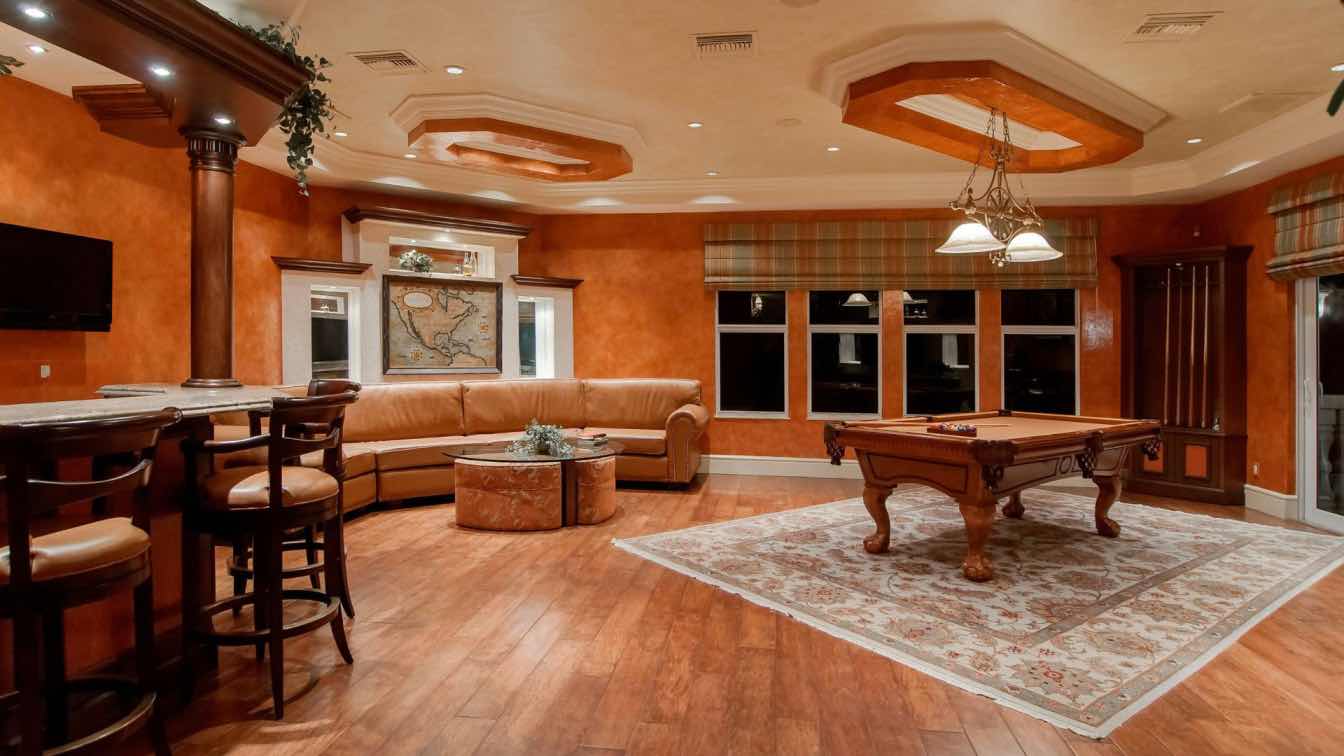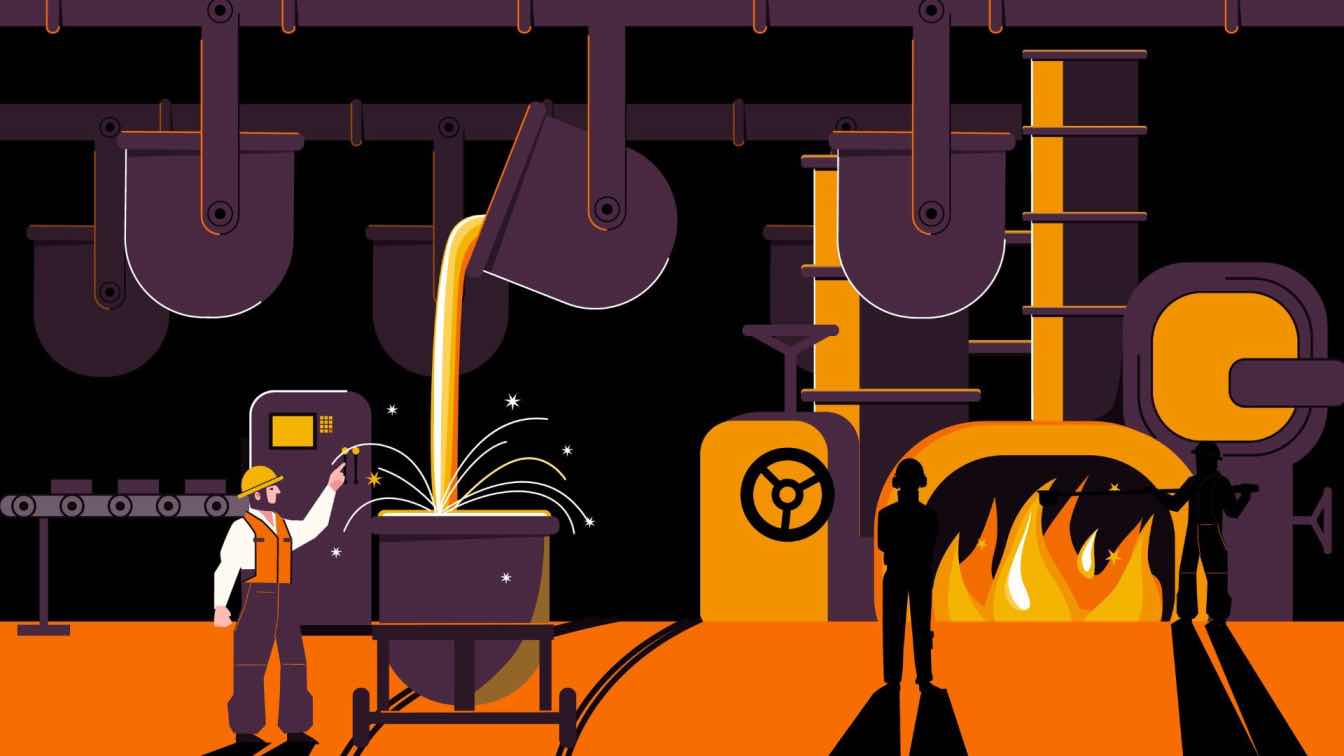As one observes the continuously developing skyscraper panorama, an emerging trend emerges buildings powered by the sun. This environmentally conscious and aesthetically appealing approach to urban design is also revolutionary. Consider the prospect of gazing upon a towering edifice, its windows radiant not only from the reflection of sunlight but also from the potential of solar energy. These windows are not conventional in nature; rather, they are solar panels for windows that utilize the sun's energy to power the building's functions.
Source: build-review.com
Solar-powered buildings are an actuality that merges contemporary architecture with sustainable energy. Beyond being a passing fad, this transition to sustainable urban design demonstrates our capacity to innovate architecture and adjust in pursuit of an environmentally friendly future. Not only is the ascent of solar-powered skyscrapers transforming urban landscapes, but it is also fundamentally altering our connection to renewable energy.
What Effects Does Urban Architecture Have on the Environment?
City architecture, specifically the skyscraper landscape, exerts a significant impact on the environment. Bear in mind the subsequent pivotal environmental impacts:
- Skyscrapers demonstrate substantial energy consumption. They constitute a considerable proportion of worldwide energy consumption and make a significant contribution to greenhouse gas emissions.
- By extensively utilizing materials, many of which are frequently sourced in an unsustainable manner, conventional skyscrapers cause detrimental effects on natural ecosystems.
The tide is turning, nevertheless, as solar-powered structures proliferate. Solar panel architecture is revolutionizing the notion of urban design by incorporating solar panels for windows and roofing. This simultaneously decreases reliance on fossil fuels and contributes to a greener urban solar environment.
Solar panels are becoming increasingly popular as a sustainable resource for supplying solar energy to residential and commercial buildings.
Solar-Powered Skyscrapers Incorporating New Design Ideas
Skyscrapers that run on solar energy are a brilliant concept that blends sustainable energy with creative architecture. Homeowners who have adopted the usage of solar panel for home are aware of the idea behind these structures: solar panel systems. It makes sense to construct skyscrapers with solar panels for many reasons:
- The use of solar panels for homes has expanded to include these buildings. By using solar energy throughout the day to power the building, frequently integrated into the structure's face, the panels lessen the building's need for conventional energy sources.
- These solar power systems are increasingly being installed in newly constructed buildings since many architects believe they are the ideal choice for large-scale structures.
- These buildings often have solar panel batteries installed, which store extra energy for usage when there isn't as much sunshine. This further improves the building's environmental credentials by guaranteeing a steady supply of electricity.
- A noteworthy advancement in green building is the emergence of these solar-powered towers. These green buildings are a financially feasible answer since they cut not only carbon emissions but also energy expenses.
Source: HahaSmart
One indication of the promise of renewable energy is the incorporation of solar systems into skyscraper designs. This demonstrates unequivocally that eco-friendly design principles are not only practical but also beneficial in contemporary city planning.
Benefits and Challenges of Integrating Solar Energy for Skyscrapers
The Advantages of Adding Solar Panels to Skyscrapers
The use of solar panels on skyscrapers represents a significant advancement in green urban planning and creative design. The energy efficiency is one of the main advantages. An energy-producing solar panel roof may produce a large quantity of energy. For example, a standard skyscraper may provide around 10% of its energy consumption with a solar panel roof. In the long term, this may result in considerable cost savings by lowering the building's dependency on conventional power sources.
Source: Clegg Associates
The beneficial effects on the environment are an additional benefit. By using renewable energy, solar panels for residential and commercial buildings lower their carbon impact. A skyscraper equipped with solar panels is thought to be able to cut carbon emissions by several tons.
The Difficulties of Including Solar Panels in Skyscrapers
When thinking about installing solar panel systems on skyscrapers, there are obstacles to take into account despite the advantages. The initial outlay is among the primary problems. Some property owners may be discouraged by the large upfront costs associated with installing solar panels.
Source: Marketplace.org
The intricacy of the architecture presents another difficulty. Not every skyscraper is oriented or constructed in a way that makes it possible to use solar energy efficiently. Furthermore, neighboring buildings may produce shadows in crowded metropolitan locations, which lowers the effectiveness of solar panels.
For best results, solar panels need to be cleaned and maintained on a regular basis. Because of their size and height, skyscrapers may find this especially difficult.
Conclusion
A potential invention that combines sustainable energy with contemporary design is skyscrapers powered by solar energy. Even if they drastically lower carbon emissions and energy consumption, issues including expensive initial expenditures, intricate construction, and maintenance must be resolved.
In spite of these obstacles, the integration of solar panels into urban planning is evidence of our capacity for creativity and adaptation towards a sustainable future. Not only are solar-powered buildings becoming more prevalent in cityscapes, but they are also changing how we see renewable energy.





